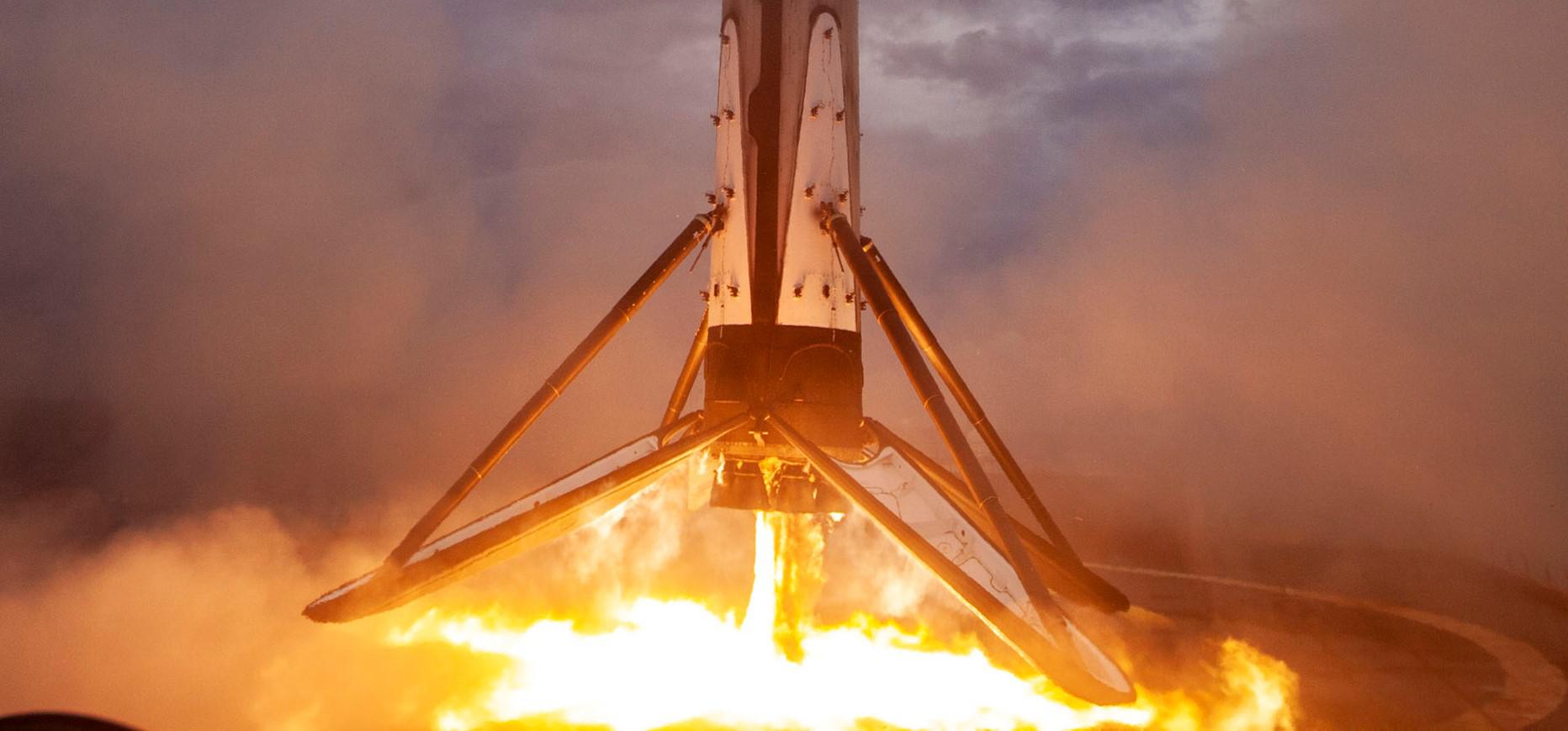
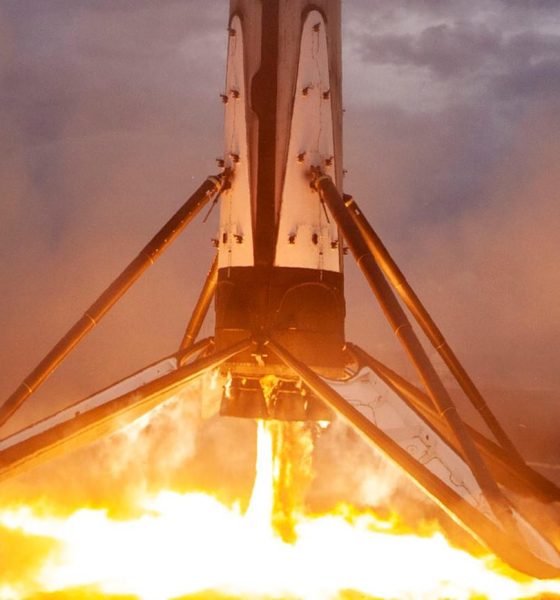
News
SpaceX wins NASA approval to launch astronauts on reused rockets and spacecraft
SpaceX appears to have won NASA’s approval to launch astronauts on reused Falcon 9 rockets and Crew Dragon spacecraft a matter of days after the company’s astronaut launch debut went off without a hitch.
Ever since SpaceX began landing and reusing orbital-class Falcon 9 boosters some 15 months after it won a NASA contract to develop Crew Dragon, the obvious possibility that the two groundbreaking technologies might one day meet has always floated just under the surface. Almost without fail, most joint NASA/SpaceX press conferences will receive a question or two about whether either party is thinking about or working towards astronaut launches on flight-proven spacecraft. Encouraged by the fact that partner Boeing’s separate Starliner spacecraft was sold to NASA with reusability in mind from the start, those questions continued up until (and after) the day SpaceX became the first private company in history to launch astronauts into orbit.
In a wholly unexpected turn of events, a modification to SpaceX’s ~$3.1 billion NASA Commercial Crew Program (CCP) contract was spotted on June 3rd. Without leaving much room for interpretation, the contract tweak states that SpaceX is now “[allowed to reuse] the Falcon 9 launch vehicle and Crew Dragon spacecraft beginning with” its second operational astronaut launch, known as Post Certification Mission-2 (PCM-2) or Crew-2. Given the spectacular, hiccup-free success of SpaceX’s inaugural astronaut launch and International Space Station (ISS) arrival just 3-4 days prior, it’s safe to say that NASA is extremely happy with the results of the mission.
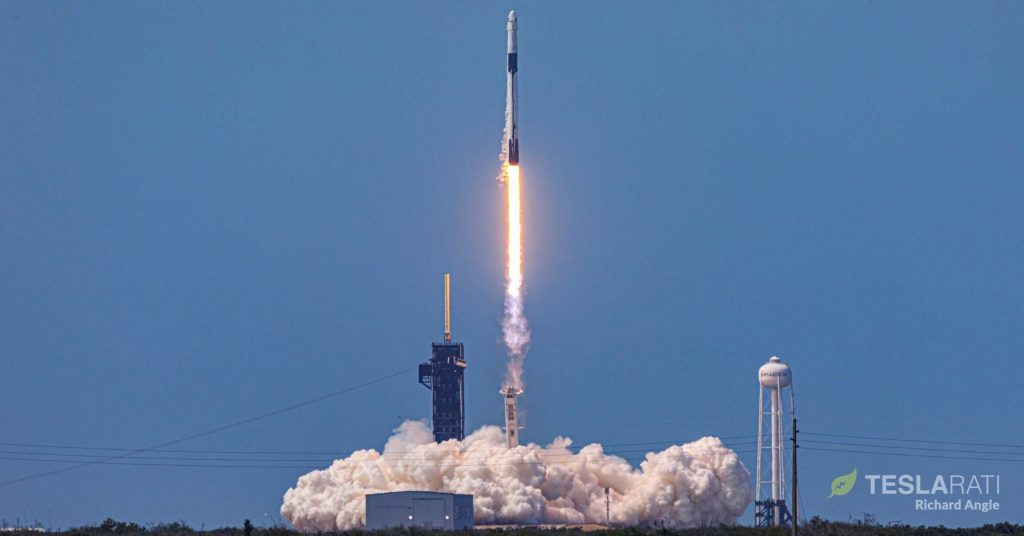
Without a shred of doubt, SpaceX has worked tirelessly for years to earn enough of NASA’s technical trust to permit crewed launches on flight-proven hardware, a possibility that even the optimists in the crowd assumed was distant at best. It has almost always been an uphill battle for SpaceX – a fact made especially clear when framed beside partner Boeing. An inherently conservative organization, NASA has repeatedly given Boeing and its more traditional Starliner spacecraft and development approach the benefit of the doubt while frequently tearing into the nooks and crannies of SpaceX and Crew Dragon over half a decade of cooperation.
While functioning more like an anchor when SpaceX finds itself working with conservative, stubborn organizations like NASA and US military branches, the company’s wholly non-traditional style of development has secured technical success after technical success. Over the course of the second half of SpaceX’s 20-mission NASA Commercial Resupply Services 1 (CRS1) contract, the company has still managed to successfully launch dozens of tons of cargo to the space station with flight-proven spacecraft and boosters. From CRS-11 to CRS-20, five missions featured reused Falcon 9 boosters and all but one of those 10 flights featured once or even twice-flown Cargo Dragon spacecraft.
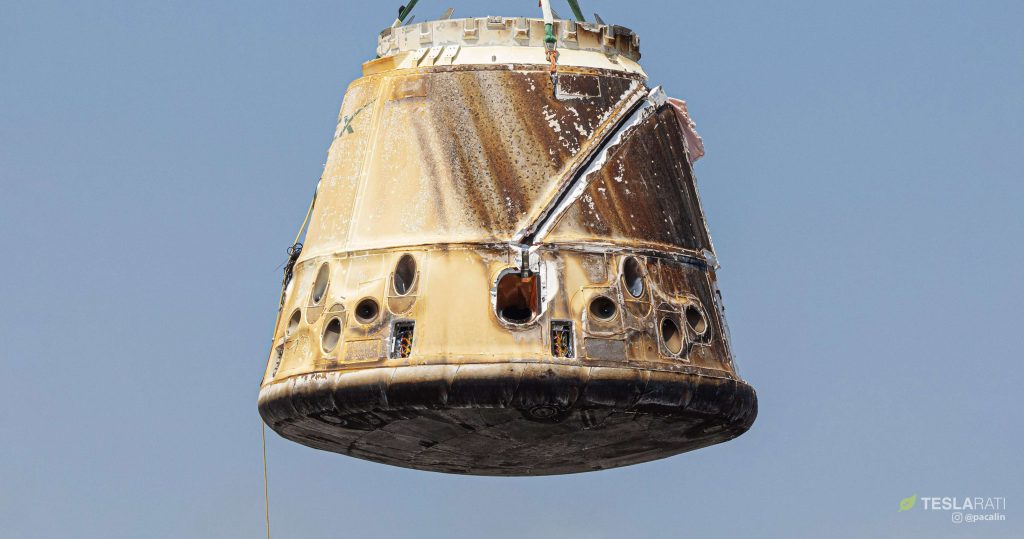
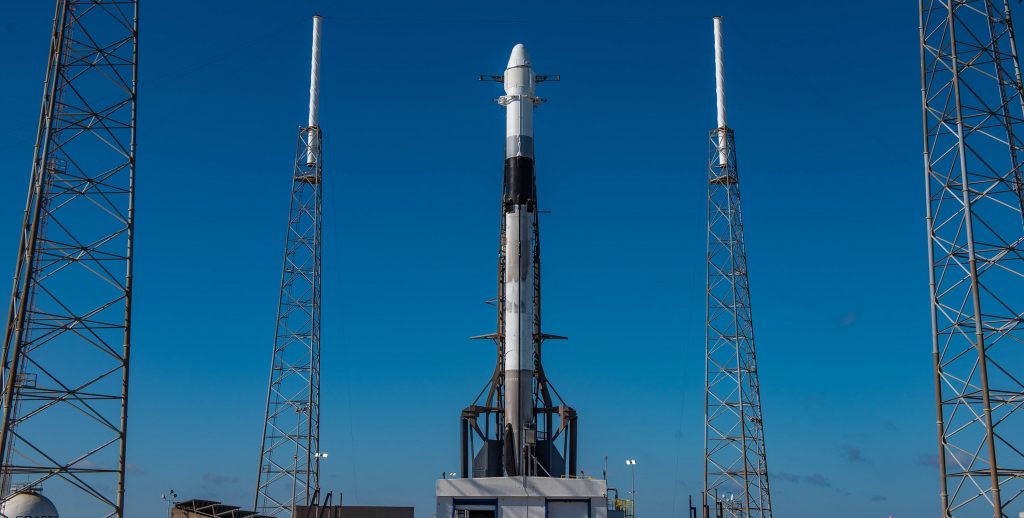
In short, SpaceX has demonstrated more than a dozen times to NASA that it’s fully capable of building, launching, and reusing orbital-class rockets and spacecraft. Additionally, before an unrelated design flaw destroyed the spacecraft during post-recovery testing, SpaceX successfully launched, recovered, and refurbished Crew Dragon capsule C201 in March 2019, demonstrating its dramatically improved reusability. While suborbital, Crew Dragon C205’s January 2020 In-Flight Abort (IFA) test also likely helped demonstrate the new spacecraft’s reusability and gave NASA more experience with the reuse of Falcon 9 Block 5 rockets as B1046’s fourth launch.
Every step along the way, SpaceX has put its money where its mouth is and proven that it’s more than capable of doing what much larger, more traditional companies have only claimed to be capable of – and often months or even years before its competitors and for hundreds of millions to billions of dollars less. While it’s much more likely that NASA has yet to actually certify SpaceX’s Crew Dragon spacecraft and Falcon 9 boosters for flight-proven astronaut launches, the June 3rd contract modification – at a minimum – signifies the space agency’s expeditious intent to do so. What is unambiguous is the schedule it lays out: SpaceX could potentially launch astronauts on a flight-proven rocket and spacecraft as early as its second operational taxi mission to the ISS.
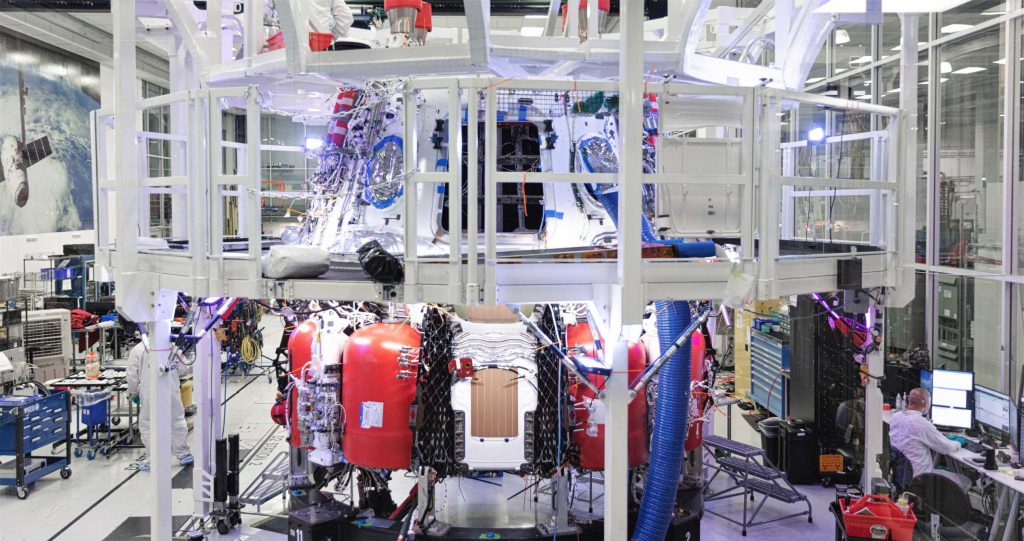

Known as PCM-2 or Crew-2, the mission is scheduled to follow Crew Dragon’s first operational astronaut launch – Crew-1 – by roughly six months. Contingent upon Crew Dragon Demo-2’s safe return of NASA astronauts Bob Behnken and Doug Hurley later this year, Crew-1 is tentatively scheduled to launch on August 30th, although it could potentially launch even sooner. If successful, Crew-2 should follow as soon as mid-2021 and could potentially reuse Crew-1’s Falcon 9 booster and the Demo-2 or Crew-1 Dragon capsule.
Check out Teslarati’s Marketplace! We offer Tesla accessories, including for the Tesla Cybertruck and Tesla Model 3.

Elon Musk
Elon Musk confirms xAI’s purchase of five 380 MW natural gas turbines
The deal, which was confirmed by Musk on X, highlights xAI’s effort to aggressively scale its operations.

xAI, Elon Musk’s artificial intelligence startup, has purchased five additional 380 MW natural gas turbines from South Korea’s Doosan Enerbility to power its growing supercomputer clusters.
The deal, which was confirmed by Musk on X, highlights xAI’s effort to aggressively scale its operations.
xAI’s turbine deal details
News of xAI’s new turbines was shared on social media platform X, with user @SemiAnalysis_ stating that the turbines were produced by South Korea’s Doosan Enerbility. As noted in an Asian Business Daily report, Doosan Enerbility announced last October that it signed a contract to supply two 380 MW gas turbines for a major U.S. tech company. Doosan later noted in December that it secured an order for three more 380 MW gas turbines.
As per the X user, the gas turbines would power an additional 600,000+ GB200 NVL72 equivalent size cluster. This should make xAI’s facilities among the largest in the world. In a reply, Elon Musk confirmed that xAI did purchase the turbines. “True,” Musk wrote in a post on X.
xAI’s ambitions
Recent reports have indicated that xAI closed an upsized $20 billion Series E funding round, exceeding the initial $15 billion target to fuel rapid infrastructure scaling and AI product development. The funding, as per the AI startup, “will accelerate our world-leading infrastructure buildout, enable the rapid development and deployment of transformative AI products.”
The company also teased the rollout of its upcoming frontier AI model. “Looking ahead, Grok 5 is currently in training, and we are focused on launching innovative new consumer and enterprise products that harness the power of Grok, Colossus, and 𝕏 to transform how we live, work, and play,” xAI wrote in a post on its website.
Elon Musk
Elon Musk’s xAI closes upsized $20B Series E funding round
xAI announced the investment round in a post on its official website.

xAI has closed an upsized $20 billion Series E funding round, exceeding the initial $15 billion target to fuel rapid infrastructure scaling and AI product development.
xAI announced the investment round in a post on its official website.
A $20 billion Series E round
As noted by the artificial intelligence startup in its post, the Series E funding round attracted a diverse group of investors, including Valor Equity Partners, Stepstone Group, Fidelity Management & Research Company, Qatar Investment Authority, MGX, and Baron Capital Group, among others.
Strategic partners NVIDIA and Cisco Investments also continued support for building the world’s largest GPU clusters.
As xAI stated, “This financing will accelerate our world-leading infrastructure buildout, enable the rapid development and deployment of transformative AI products reaching billions of users, and fuel groundbreaking research advancing xAI’s core mission: Understanding the Universe.”
xAI’s core mission
Th Series E funding builds on xAI’s previous rounds, powering Grok advancements and massive compute expansions like the Memphis supercluster. The upsized demand reflects growing recognition of xAI’s potential in frontier AI.
xAI also highlighted several of its breakthroughs in 2025, from the buildout of Colossus I and II, which ended with over 1 million H100 GPU equivalents, and the rollout of the Grok 4 Series, Grok Voice, and Grok Imagine, among others. The company also confirmed that work is already underway to train the flagship large language model’s next iteration, Grok 5.
“Looking ahead, Grok 5 is currently in training, and we are focused on launching innovative new consumer and enterprise products that harness the power of Grok, Colossus, and 𝕏 to transform how we live, work, and play,” xAI wrote.
Investor's Corner
Tesla gets price target bump, citing growing lead in self-driving

Tesla (NASDAQ: TSLA) stock received a price target update from Pierre Ferragu of Wall Street firm New Street Research, citing the company’s growing lead in self-driving and autonomy.
On Tuesday, Ferragu bumped his price target from $520 to $600, stating that the consensus from the Consumer Electronics Show in Las Vegas was that Tesla’s lead in autonomy has been sustained, is growing, and sits at a multiple-year lead over its competitors.
CES 2026 validates Tesla’s FSD strategy, but there’s a big lag for rivals: analyst
“The signal from Vegas is loud and clear,” the analyst writes. “The industry isn’t catching up to Tesla; it is actively validating Tesla’s strategy…just with a 12-year lag.”
The note shows that the company’s prowess in vehicle autonomy is being solidified by lagging competitors that claim to have the best method. The only problem is that Tesla’s Vision-based approach, which it adopted back in 2022 with the Model 3 and Model Y initially, has been proven to be more effective than competitors’ approach, which utilizes other technology, such as LiDAR and sensors.
Currently, Tesla shares are sitting at around $433, as the company’s stock price closed at $432.96 on Tuesday afternoon.
Ferragu’s consensus on Tesla shares echoes that of other Wall Street analysts who are bullish on the company’s stock and position within the AI, autonomy, and robotics sector.
Dan Ives of Wedbush wrote in a note in mid-December that he anticipates Tesla having a massive 2026, and could reach a $3 trillion valuation this year, especially with the “AI chapter” taking hold of the narrative at the company.
Ives also said that the big step in the right direction for Tesla will be initiating production of the Cybercab, as well as expanding on the Robotaxi program through the next 12 months:
“…as full-scale volume production begins with the autonomous and robotics roadmap…The company has started to test the all-important Cybercab in Austin over the past few weeks, which is an incremental step towards launching in 2026 with important volume production of Cybercabs starting in April/May, which remains the golden goose in unlocking TSLA’s AI valuation.”
Tesla analyst breaks down delivery report: ‘A step in the right direction’
Tesla has transitioned from an automaker to a full-fledged AI company, and its Robotaxi and Cybercab programs, fueled by the Full Self-Driving suite, are leading the charge moving forward. In 2026, there are major goals the company has outlined. The first is removing Safety Drivers from vehicles in Austin, Texas, one of the areas where it operates a ride-hailing service within the U.S.
Ultimately, Tesla will aim to launch a Level 5 autonomy suite to the public in the coming years.








